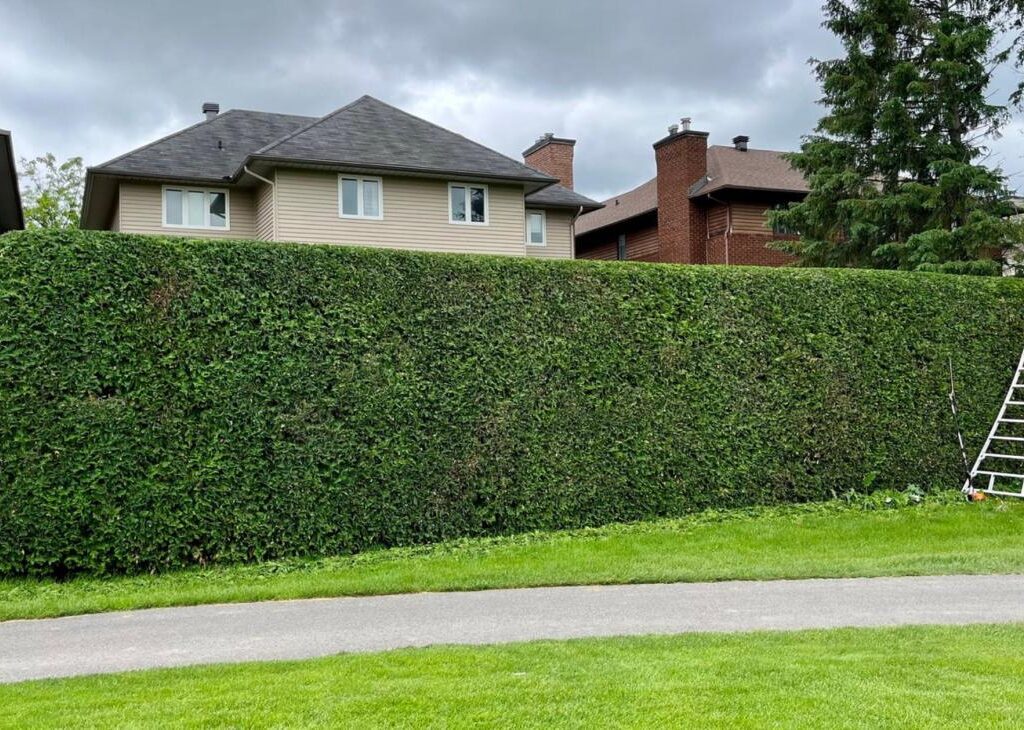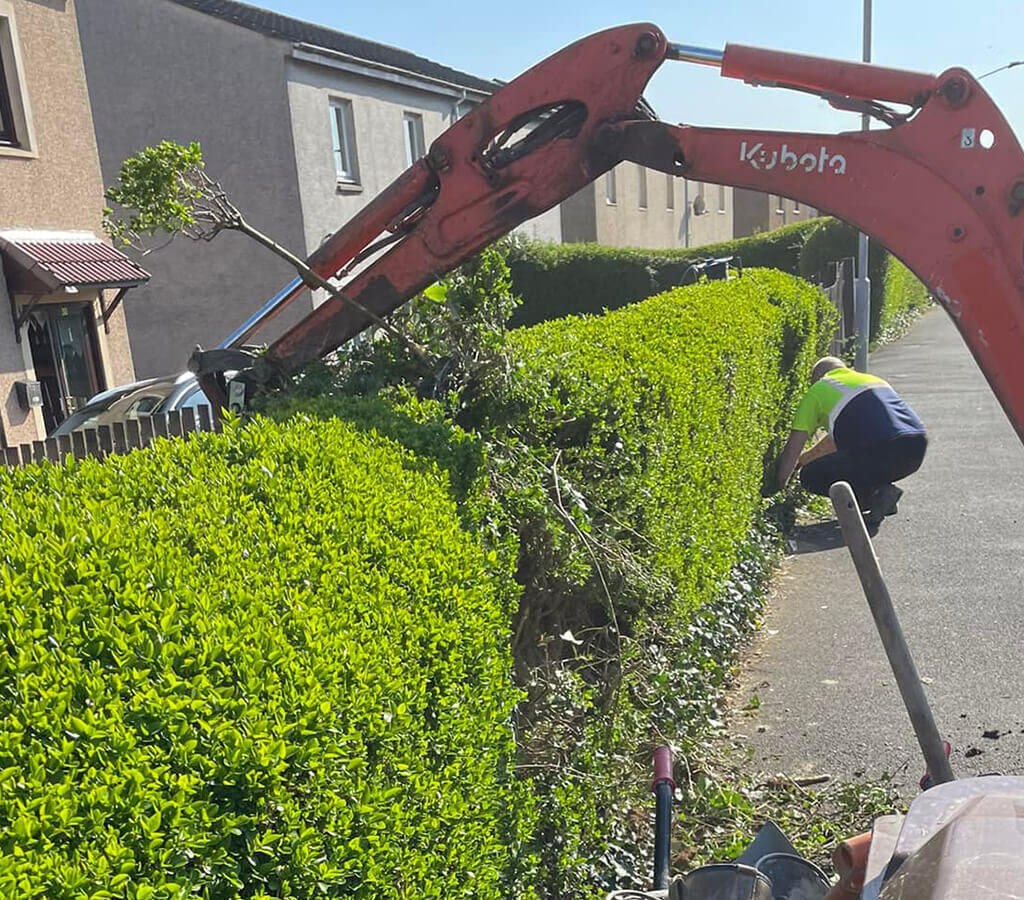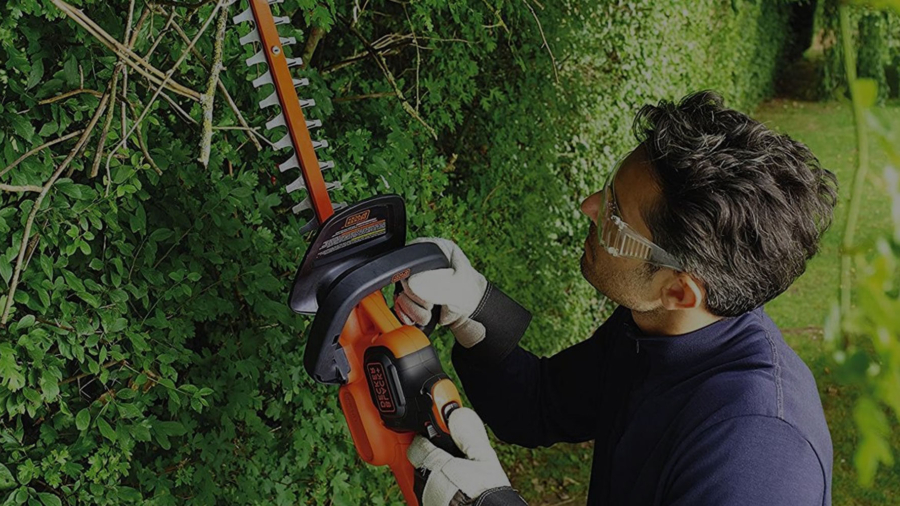Hedge trimmings can often be a byproduct of maintaining a well-manicured garden or yard. However, knowing what to do with these trimmings after the job is done can be a bit tricky. It’s essential to dispose of them in an eco-friendly manner to ensure minimal impact on the environment. In this article, we will explore various tips and methods for eco-friendly disposal of hedge trimmings, as well as the importance of proper disposal practices.
Understanding the Importance of Eco-Friendly Disposal
Before delving into the specifics of hedge cutting and trimming disposal, let’s take a moment to recognize why eco-friendly practices are crucial. The environmental impact of garden waste, including hedge trimmings, should not be underestimated. When disposed of improperly, these trimmings can contribute to pollution, landfill waste, and the release of greenhouse gases. By adopting eco-friendly disposal methods, we can minimize these negative effects and contribute to a healthier planet.
The Environmental Impact of Garden Waste
When garden waste, such as hedge trimmings, ends up in landfills, it decomposes anaerobically, releasing methane gas. Methane is a potent greenhouse gas that contributes to climate change. Additionally, the decomposition process in landfills creates leachate, a toxic liquid that can contaminate soil and water sources. By diverting our garden waste from landfills, we can reduce greenhouse gas emissions and protect our ecosystem. You can also read about the art and science of tree removal in North Shore by visiting https://lakefamilyinc.com/beyond-branches-the-art-and-science-of-tree-removal-in-north-shore/
Why Your Hedge Trimmings Matter
Although hedge trimmings may seem insignificant compared to other forms of waste, they still have an impact. These trimmings are often rich in organic matter, making them valuable for composting. Proper disposal of hedge trimmings allows for their natural breakdown, returning vital nutrients to the soil and fostering healthy plant growth. By not disposing of our trimmings responsibly, we miss out on an opportunity to contribute to the natural cycle of nutrient cycling.
Furthermore, hedge trimmings can also serve as a habitat for various beneficial wildlife. The dense foliage and branches provide shelter and nesting sites for birds, insects, and small mammals. By leaving a portion of your hedge trimmings in a designated area of your garden, you create a welcoming environment for these creatures, promoting biodiversity and ecological balance.
Moreover, repurposing hedge trimmings can offer additional benefits beyond composting. For example, you can use the trimmings as mulch to suppress weed growth, retain moisture in the soil, and regulate soil temperature. This natural mulch acts as a protective layer, reducing the need for synthetic chemicals and promoting a healthier, more sustainable garden.
Preparing Your Hedge Trimmings for Disposal
Before you can dispose of your hedge trimmings, it’s essential to prepare them properly. This involves sorting and separating your trimmings, as well as ensuring safe handling practices.
Proper disposal of hedge trimmings not only helps maintain a tidy garden but also contributes to environmental sustainability. By following the right steps, you can make the most out of your trimmings while minimizing waste.
Sorting and Separating Your Trimmings
When trimming hedges, it’s common to have a mix of leaves, twigs, and branches. To make disposal more manageable, separate the larger branches from the smaller trimmings. Large branches can be further processed as firewood or used in other garden projects. The smaller trimmings, including leaves and twigs, are ideal for composting.
Composting is a fantastic way to recycle organic matter and enrich your garden’s soil. The decomposition process of hedge trimmings in a compost pile creates nutrient-rich soil that can be used to nourish plants, promoting healthy growth and sustainability in your garden.
Safe Handling of Hedge Trimmings
When handling hedge trimmings, it’s crucial to wear protective gloves and eyewear to avoid any injuries. Additionally, be mindful of any thorns or sharp branches that may pose a risk. By taking these safety precautions, you can ensure a hassle-free disposal process.
Consider investing in a sturdy pair of gardening gloves specifically designed to protect against cuts and scratches. These gloves not only shield your hands from potential harm but also provide a better grip on branches and trimmings, making the handling process more efficient and safe.

Eco-Friendly Disposal Methods for Hedge Trimmings
Now that your hedge trimmings are prepared for disposal, let’s explore some eco-friendly methods to get rid of them responsibly.
When it comes to disposing of hedge trimmings in an eco-friendly manner, there are several options available that not only help reduce waste but also benefit the environment. By choosing sustainable disposal methods, you can contribute to a healthier ecosystem and even enhance the fertility of your garden.
Composting at Home
Composting is an excellent option for disposing of hedge trimmings, especially if you have a compost bin or heap in your garden. Chop the trimmings into smaller pieces to speed up the decomposition process and mix them with other organic waste, such as fruit peels or grass clippings. Regularly turning the compost pile helps facilitate the breakdown process, and in a few months, you’ll have nutrient-rich compost to use in your garden.
Not only does home composting divert organic waste from landfills, but it also creates a valuable resource for your garden. The compost produced from hedge trimmings and other organic materials enriches the soil, improves its structure, and enhances its ability to retain moisture, ultimately leading to healthier plants and reduced reliance on chemical fertilizers.
Green Waste Collection Services
If you don’t have the space or resources for home composting, consider utilizing green waste collection services provided by your local municipality. Many areas offer curbside collection of garden waste for composting. Ensure that your trimmings are properly bagged or bundled according to the guidelines provided by your local waste management agency.
Opting for green waste collection services not only ensures proper disposal of hedge trimmings but also supports municipal efforts to reduce landfill waste and promote sustainable waste management practices. By participating in these programs, you contribute to the circular economy by allowing organic materials to be recycled into valuable resources like compost or renewable energy.
Donating to Local Farms or Gardens
Another eco-friendly disposal option is to donate your hedge trimmings to local farms or community gardens. Some farmers or gardeners may be interested in using the trimmings as mulch or compost material. Reach out to nearby farms or gardening organizations to inquire about any donation programs they may have.
By donating your hedge trimmings to local farms or community gardens, you not only divert green waste from landfills but also support sustainable agricultural practices. The trimmings can be repurposed as mulch to suppress weed growth, retain soil moisture, and improve soil health. Additionally, by sharing your organic materials with others in the community, you foster a spirit of collaboration and environmental stewardship.
The Do’s and Don’ts of Hedge Trimming Disposal
While it’s crucial to focus on eco-friendly disposal methods, it’s equally important to be aware of common mistakes to avoid and best practices to follow.
When it comes to hedge trimming disposal, there are several key considerations to keep in mind beyond just the environmental impact. Proper disposal not only helps the environment but also contributes to the overall aesthetics and health of your garden or landscape. By following the right practices, you can ensure that your hedge trimming efforts are not in vain and that you are contributing positively to your surroundings.
Common Mistakes to Avoid
- Avoid disposing of hedge trimmings in regular landfill waste bins.
- Do not burn your hedge trimmings, as it releases harmful pollutants into the air.
- Avoid throwing hedge trimmings over fences or into natural areas where they may disrupt the local ecosystem.
Improper disposal of hedge trimmings can not only harm the environment but also pose a safety risk. Hedge trimmings left in natural areas can create hazards for wildlife and even become breeding grounds for pests and insects. It’s essential to handle hedge trimmings responsibly to prevent any negative consequences for both the environment and your surroundings.
Best Practices for Eco-Friendly Disposal
- Do your research and understand the composting and recycling options available in your area.
- Take advantage of green waste collection services provided by your municipality.
- Consider establishing a composting system in your own garden to maximize the use of organic waste.
- Share your knowledge with friends and neighbors to promote eco-friendly disposal practices.
By exploring eco-friendly disposal options, you not only reduce the amount of waste that ends up in landfills but also contribute to the creation of nutrient-rich compost that can benefit your garden. Embracing sustainable practices when it comes to hedge trimming disposal is a small yet impactful way to make a difference in your local community and beyond.

The Future of Eco-Friendly Garden Waste Disposal
As we continue to prioritize sustainability and environmental preservation, innovations in green waste management are emerging.
Innovations in Green Waste Management
Researchers and waste management professionals are constantly exploring new methods for managing garden waste. From advanced composting techniques to the use of garden waste for energy production, there is an ongoing effort to find innovative and efficient ways to deal with green waste. Stay informed about these developments to ensure you are utilizing the most eco-friendly disposal methods available.
How to Stay Informed and Involved
Keep yourself updated on local recycling and composting initiatives by visiting your municipality’s website or attending community events focused on sustainability. Join local gardening or environmental groups to stay connected with like-minded individuals who are passionate about eco-friendly practices. By staying informed and involved, you can contribute to the ongoing improvement of eco-friendly garden waste disposal processes.
One exciting innovation in green waste management is the development of biochar. Biochar is a type of charcoal that is produced from organic waste materials, such as garden trimmings. It is created through a process called pyrolysis, which involves heating the waste materials in the absence of oxygen. This results in a highly porous and stable form of carbon that can be used to improve soil fertility and sequester carbon dioxide. By incorporating biochar into your garden soil, you can not only dispose of your green waste in an eco-friendly manner but also enhance the health and productivity of your plants.
Another promising advancement in green waste management is the utilization of anaerobic digestion. This process involves breaking down organic waste in the absence of oxygen, resulting in the production of biogas and nutrient-rich digestate. Biogas can be used as a renewable energy source, while digestate can be used as a nutrient-rich fertilizer. By implementing anaerobic digestion systems in waste management facilities, we can effectively convert garden waste into valuable resources, reducing greenhouse gas emissions and promoting a circular economy.
In conclusion, proper disposal of hedge trimmings is essential for maintaining an eco-friendly garden. By understanding the importance of eco-friendly disposal, preparing your trimmings correctly, and utilizing environmentally conscious methods, you can reduce your impact on the environment and contribute to a healthier planet. Remember the do’s and don’ts of hedge trimming disposal, and stay informed about the latest innovations in green waste management. Let’s work together to make eco-friendly garden waste disposal the norm.
Related article: The Advantages of Getting a Free Hedge Trimming Estimate

